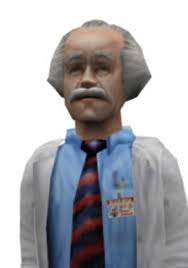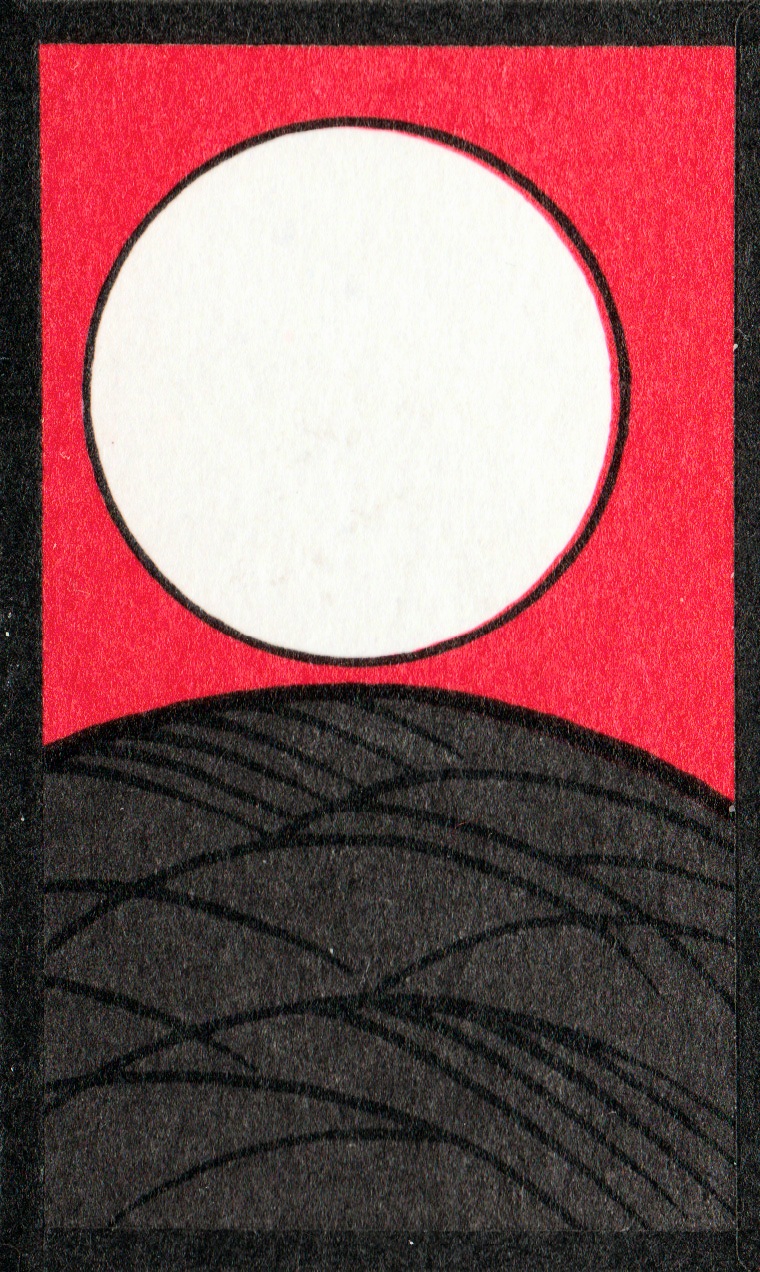At work we somehow landed on the topic of how many holes a human has, which then evolved into a heated discussion on the classic question of how many holes does a straw have.
I think it’s two, but some people are convinced that it’s one, which I just don’t understand. What are your thoughts?
How many holes does a donut have?
Now make the donut higher. A lot higher. Now you have a donut-tunnel. Now make the walls thinner. Now shrink it. Now you have a straw.
One hole.
They did the math!
Now take that straw and tie a knot in the middle of it.
That doesn’t change the topology though. Or at least you can’t without it no longer being a straw.
A straw is the product of a circle and an interval. Either the knot doesn’t fully seal the interval, meaning it’s topology is maintained, or you completely seal the straw, changing it from 1 long interval to 2 separate intervals, changing the object entirely.
In this situation, the straw would not be completely sealed. It is clearly inefficient, but technically there exists a path for which there is a level of force that could applied that would make the straw function.
This seems overly reductionist to the point where I could just as easily describe my mouth and my anus as the same hole.
Now you’re getting it!
Yeah, that’s a concept that gets covered extensively in anatomy, immunology, and microbiology. It’s called “the donut model”. This is not a joke. It clearly shows how your digestive system is exposed to the outside world, similar to skin. You can obviously see why this is important immunologically, since germs can just get into the mouth/butthole in a way that they can’t penetrate skin.
It’s one long hole.
It’s perfectly reductionist. You have defined our biology in exactly the same way medical texts do.
that is actually the case. there is an unimpeded path from your mouth to your anus
Yes. It’s called the gastrointestinal tract.
Because they are the same hole. Welcome to topology
Take a sealed tin can. Punch a hole in it. Punch another hole in it. You now have one hole.
No, but that’s two holes. And it’s because the holes are not connect by a single, unbroken cylinder. It’s the material at the edge of those holes and the 90° turn at the corners that makes the holes disconnected.
The edges and corners mean nothing for the purposes of counting holes. Counting holes is a concept of topology that relies on continuous deformation. All non-opening features of the object just get squished and stretched away in the process of identifying holes.
For the purpose of counting holes a can with two openings punched into it is equivalent to a donut which we know has only one hole.
I understand geometrically they have the same number of holes but in my head straws still have two holes because they have an “inside” so both entrances to the inside have to be a hole.
That’s because a straw has two more holes than a sphere.
Classic topology question. Absolutely one hole; it goes all the way through.
Of course, connotatively, two is a fine assessment, but not in topology.
How many holes does a donut have? Now just try to image the real difference between a straw and a donut. Is there one, aside from deliciousness?
Deliciousness here is only limited by bravery.
Taste. Edibility is relevant to bravery, not enjoyability.
That’s nice but topology is quite removed from everyday language. A hole in the ground is a hole.
I completely agree. That’s what I’m saying. Topologically if you dig into the earth with a shovel, it hasn’t changed at all; there is no hole, but connotatively there clearly is.
And what I’m saying is that answering this with topology is quite misplaced because topology explicitly doesn’t deal with physical objects, ever. It uses very specific abstract definitions which cannot apply to everyday life.
That is not to say it isn’t useful. It’s an amazing discipline with wide applications, but answering questions about the properties of physical objects is not its intended use.
I was explicit that there are two topics here. You seem to agree. Why you think bringing up topology when asking a famous topology question that people like Riemann have been talking about for a few hundred years is just weird. That’s like saying you can’t talk about geometry when asking how many sides a house has. Feels very akshually.
A hole that goes all the way through earth is still one hole
Mathematically It’s one. Think of a disk, like a CD, does it have one hole or two? One, right? Now imagine you can make it thicker, I.e. increase the height, and then reduce the outer radius… Making it progressively more straw-like. At what point does it stop having 1 hole and begin to have 2?
Topologically they’re the same shape.
I’m sure Matt Parker has a video on this topic in YouTube. Here
If I dig a hole, how many holes is it?
Holes in the hole? 0
Holes in the top layer of the ground? 1
Zero unless you reach Australia
The specific field is topology fyi
Physically or Metaphysically?
I’m more interested in humans. Is the mouth and anus two holes or one?
on average, seven. vsauce has a video on this
It has two exits, one hole.
If you drill a hole in a block of wood you create one hole not two, note that whether or not the drill exits the opposite side, only one hole has been created despite differing numbers of exits.
What if you drill through a book?
I think its more or less the same, spacially. I think the distinction breaks down more with like a wiffleball, which I’d argue is one hole with many exits.
ah fuck now i’m gonna be thinking about this all night
Is the book closed before and then being opened after? The state of the book matters (and possibly the pages!)
You’ll be banned from the bookstore
how many holes does a donut have? one. a straw is just a tall plastic donut.
two holes… smdh… kids these days
What if you tie a knot in the straw? Still one?
if it doesn’t go all the way through anymore, is it even a hole? zero.
Just copying my response to another comment asking the same:
That doesn’t change the topology though. Or at least you can’t without it no longer being a straw.
A straw is the product of a circle and an interval. Either the knot doesn’t fully seal the interval, meaning it’s topology is maintained, or you completely seal the straw, changing it from 1 long interval to 2 separate intervals, changing the object entirely.
In this situation, the straw would not be completely sealed. It is clearly inefficient, but technically there exists a path for which there is a level of force that could applied that would make the straw function.
Just tried it… I can’t suck liquid through.
Thats because you have weak-ass lips. Your mom could do it no problem.
Just so we are all on the same page here… Y’all down voted science, you plebs
@RealNooshie Two.
I thought one hole intuitively, then I started thinking… what about those y shaped straws or medical hoses that split… one hole? Two holes? Three?
A Y straw has 2 holes, according to topology.
If you want to learn more about topology, I think Vsauce’s video “How many holes does a human have?” explains it pretty well
I came here to link that video
doing the lord’s work
Relevant background music for your pondering. Fitting background music while you ponder
A hole.
A straw has a hole. 😂
I believe the confusion lies in the word “holes” when you are thinking about openings or exits. Just my 2 cents.
Yes, I agree. “Hole” is poorly defined. This isn’t a technical question about straws but a technical question about language.
That’s the gist of practically all philosophical thought experiments.
When is a heap of sand no longer a heap? I dunno, define “heap” and there’s your answer. It’s not going to be a useful answer though because the rest of the world doesn’t define the word with enough precision for the question to be meaningful in the first place. There is no authority on Earth that can do that. You can define the problem in precise mathematical terms but then it will NOT be the same thing as a plain-English “heap” and you’d be pulling a fast one if you acted like it was.
One of course, what a weird conversation to have.
A straw has zero holes
Then how does the liquid go through it
It’s just one long hole.
yup, answer is 1









